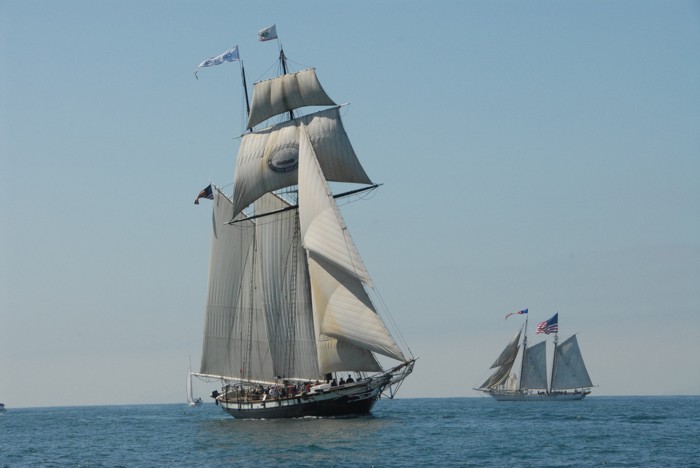Motivate...
If I were asked to choose a profession whose practitioners were most in tune with the wind, it would have to be sailors. From the early explorers to the merchants of the East India Company(link is external), knowing about the wind was critical not only for the sake of their livelihood, but sometimes for their very lives as well. In addition to local knowledge of wind and weather patterns, the development of ocean travel in the 16th century brought about increased knowledge in large-scale wind patterns. Although it is likely that these ancient mariners didn't understand the science behind why the air moves, they certainly must have had empirical rules (or "rules of thumb") that they could use to understand and even forecast the wind and sea state.

In this lesson you will learn all about why the wind moves and some of the implications that movement has on general weather. You will begin with looking at the various ways wind data can be displayed on weather maps. Then you will move on to understanding how various forces affect the movement of air. Next, applying these forces, you will learn to estimate the wind direction at a location given a map of sea-level pressures (a very important skill!). Finally, you will examine what happens as air moves around in response to regions of low and high pressure. You will learn about "troughs" and "ridges," about "convergence" and "divergence," and about the role that these features and processes play in determining if the weather will be fair or foul.
Read on.